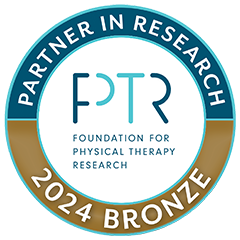HISTORY
Delve into our past to discover the milestones and stories that have shaped our legacy.
THE INSPIRATION
KAATSU Training was first envisioned in 1966 by Dr. Yoshiaki Sato in Tokyo who created the concept of the KAATSU Cycle mode in 1973. Originally, the goal was to increase muscle strength and size, but it expanded to increasing vascular elasticity and recovery from injuries.
Rigorous academic study and medical research on KAATSU confirmed its ability to cause a paradigm shift in traditional athletic training, speed of rehabilitation, and recovery.
A MORE PROFOUND UNDERSTANDING
After decades of experimenting and experiencing unheard-of outcomes in users of all ages and walks of life, the practical, noninvasive protocols and mechanisms of KAATSU continue to be studied around the globe, pushing the envelope of its scope and applications.
INCREASING EQUIPMENT SOPHISTICATION
User feedback from military and civilian users of all ages has enabled KAATSU products to be designed to be ever more convenient, and comfortable to use, safe for people across the health spectrum, and effective and efficient in its applications.
PATENTING THE PROCESS
In 1994, the first KAATSU patents were issued in Japan (Patent No. 2670421), U.S.A. (Patent No. 6149618), and Europe (UK, Germany, France, Italy with 94206403.0), while KAATSU patents continue to be issued (Patent No. 9,775,619).
KAATSU GLOBAL EXPANSION
Since first used at the 1988 Seoul Olympics and continued to be used at the 2020 Tokyo Summer Olympics and 2022 Beijing Winter Olympics, KAATSU has expanded to 49 countries in Europe, North America, South America, Asia, Oceania and Africa—to users including amputees, paraplegics, people up to 104 years, and individuals of all backgrounds.
